Reviewed by Corey Noles
Google's latest move into AI-powered video creation is more than just another product update—it's a complete reimagining of how teams communicate at work. With Google Vids now rolling out AI avatars and launching consumer versions, we're seeing a tool that could fundamentally change workplace collaboration. Google describes Vids as "a new AI-powered video creation app for work that sits alongside collaboration apps like Docs, Sheets, and Slides," but the real story is how it's democratizing video production for everyone.
As I've watched the evolution of workplace communication tools over the past decade, video has always been the holy grail—everyone knows it's more engaging than text or static presentations, but the production barriers kept it out of reach for most teams. That dynamic is about to change dramatically.
Why AI avatars are actually solving a real problem
Here's the thing about traditional video production: it's a massive headache. Google found that "with AI avatars in Vids, you can skip the hassle of coordinating talent and video production." The process is surprisingly straightforward—you just write a script and choose an avatar to deliver your message. What makes this compelling is that it creates "a fast, consistent way to create polished video content — for onboarding, announcements, product explainers, and more — without the cameras or coordination headache".
You're essentially getting a professional presenter available 24/7 who never has a bad hair day or needs multiple takes. But beyond convenience, there's a real cost implication here—the time savings alone can transform how quickly teams can respond to communication needs.
The practical applications are already showing impressive results across different teams. Customer service teams are using Vids to produce explainer videos and update scenes instead of creating new videos from scratch. Meanwhile, learning, development, and sales teams are creating videos to deliver employee training and education, dramatically reducing the time and resources typically required for such content.
What's particularly clever is how Google has designed the avatar system to feel natural rather than robotic. The avatars can deliver your exact script with appropriate pacing and tone, making them suitable for everything from HR announcements to product demonstrations.
The Veo 3 integration changes everything
Google's integration of Veo 3 represents a significant leap in AI video generation capabilities. The model can "turn text into dynamic video clips with realistic motion and audio" directly within the Vids interface. What's particularly impressive is that Veo 3 understands nuanced prompts and cinematic language like "timelapse" or "aerial shot," giving users much finer creative control.
This cinematographic sophistication isn't just about aesthetics—it directly impacts the business case for AI video generation. When you tell Veo 3 to create an "aerial shot" or a "close-up with shallow depth of field," it understands what you're asking for in filmmaking terms, producing content that looks professional enough to represent your brand.
The pricing model tells an interesting story about Google's positioning strategy. While Veo 3 launched with a price of $250 per month, the monthly fee provides 12,500 credits, with each high-quality video generation consuming 150 credits. The math gives you approximately 83 professional-grade video clips monthly, which becomes compelling when you consider that professional video production typically costs $1,500-$4,000 for a single 30-second clip.
Let's break down the economics: if you're a marketing team that typically produces even five professional videos per month through traditional means, you're looking at $7,500-$20,000 in costs. Suddenly, that $250 subscription doesn't look so unreasonable. The key insight is that Veo 3's current capabilities make it most suitable as a creative acceleration tool rather than a complete production replacement—at least for now.
What makes the consumer rollout so significant
The consumer launch represents a strategic bet on video becoming as fundamental to personal communication as documents are today. For the first time ever, the basic Vids editor without Gemini capabilities will be available for all consumers at no cost. This democratization of video creation tools puts professional-grade capabilities in the hands of anyone with a Google account.
By giving away the basic version, Google is creating a massive user base that will naturally graduate to paid features as their needs become more sophisticated. It's the same playbook that made Google Docs ubiquitous—start with free, build user dependency, then monetize advanced features.
The feature set is surprisingly robust for a free offering. Vids allows creating 8-second clips instantly with impressive speed and quality, while also supporting recording videos up to 10 minutes long and editing them directly in the app. The integration with Google's ecosystem means all your documents, images, product shots, and data are instantly accessible in Vids, creating a seamless workflow that competitors struggle to match.
The consumer version also positions Vids to compete with TikTok, Instagram Reels, and YouTube Shorts creation tools. The ability to quickly generate content in different formats shows Google understands the multi-platform reality of modern content creation.
The workplace collaboration angle that competitors miss
What sets Vids apart isn't just the AI—it's the collaborative DNA borrowed from Google's other productivity apps. Vids has the collaborative DNA of Google Docs, allowing sharing, commenting, and editing in real-time. This means people you share with can comment, leave notes, and even edit the video themselves, just like they would with a Google Doc.
Most video editing tools are still designed around the old model of individual creators working in isolation. Vids flips that entirely by treating video creation as a team sport. You can have your marketing manager draft the initial concept, your subject matter expert review and comment on specific scenes, and your designer make visual adjustments—all within the same interface.
The workflow integration amplifies this collaborative advantage. With Gemini in Vids, users can get started quickly using the Help me create feature, which generates a first draft of the video with a prompt and content from Google Drive. The system helps unlock video creation through a fully editable outline with suggested scenes, stock media, and more, making the entire process feel natural for teams already using Google Workspace.
Real-world usage patterns demonstrate this versatility. Leaders are building deeper connections by sharing videos for company-wide updates, while marketers are creating videos for event recaps or campaign updates, effectively replacing traditional presentation formats.
I've noticed something interesting in my conversations with early users: many are discovering that video communication feels more personal and engaging than traditional documents or slides. When a project manager shares a video recap instead of a written update, team members are more likely to watch it completely and retain the information. That behavioral shift alone could drive massive adoption.
Where this technology is heading next
Google's quiet rollout strategy speaks volumes about their confidence in the product's organic appeal. As one analysis noted, "Google just dropped Google Veo 3 with zero fanfare. No big announcement. No press conferences. They quietly released the most advanced video AI ever created."
This low-key approach suggests they're confident enough in Vids' quality that they don't need a massive marketing push to drive adoption. It also allows them to refine the product based on real user feedback rather than managing overhyped expectations.
The implications for traditional video production are becoming clear. The results are absolutely terrifying for traditional video production companies, particularly as businesses discover they can create professional-quality content in-house with minimal training. However, creative professionals who embrace these tools as amplifiers rather than threats will likely find themselves more valuable than ever.
Google is already addressing the practical needs that emerge from increased video adoption. Google is previewing an upcoming addition to Vids that will allow users to select different sizes and formats for videos, such as portrait, landscape, and square formats, addressing the multi-platform content creation needs that dominate today's digital landscape. Features like transcript trim, which removes filler words and awkward pauses using AI, show Google is thinking about the full video creation workflow, not just generation.
Bottom line: Google Vids with AI avatars isn't just another video tool—it's positioning itself as the next essential workplace communication medium. Whether you're a small team looking to improve internal communication or a large organization seeking to scale video content creation, the combination of AI-powered generation, collaborative editing, and seamless ecosystem integration makes this a tool worth exploring. The question isn't whether AI will transform video creation at work—it's whether your team will be ready when it does.




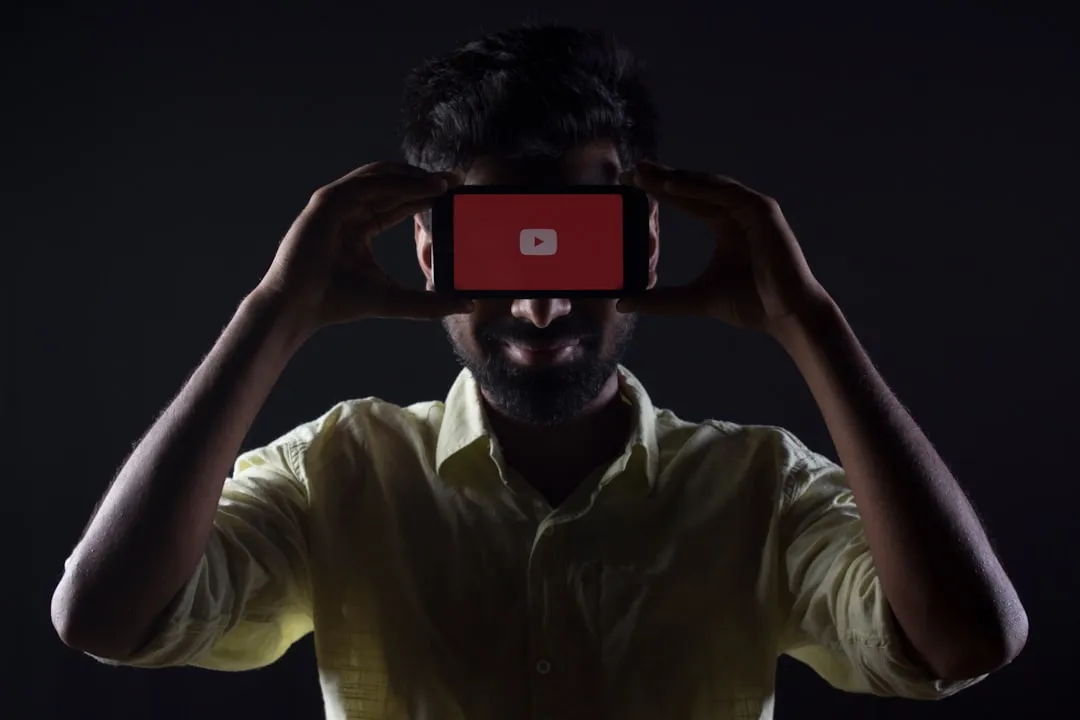
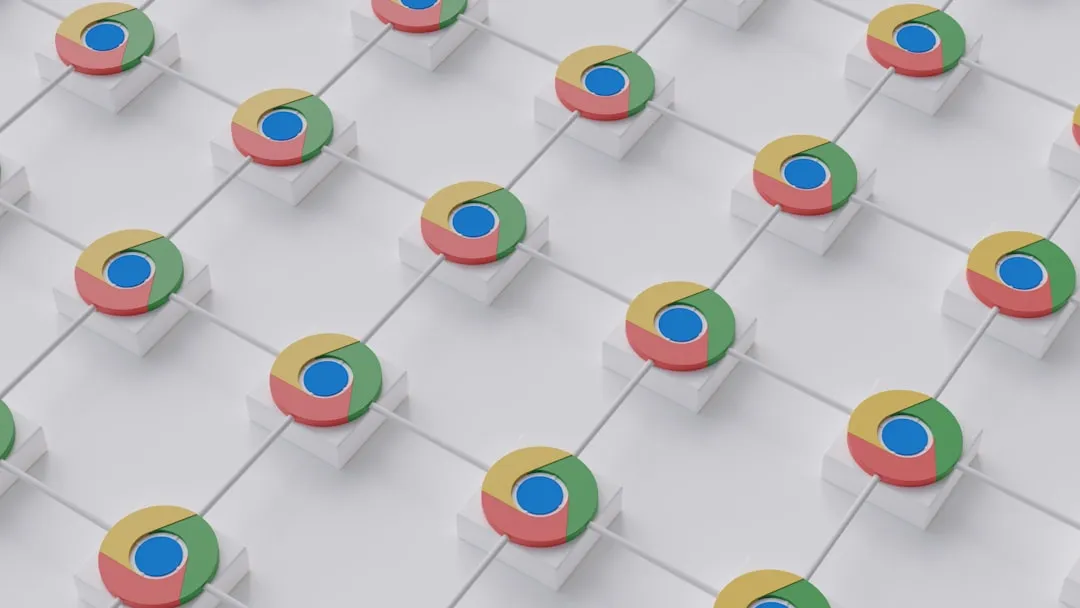
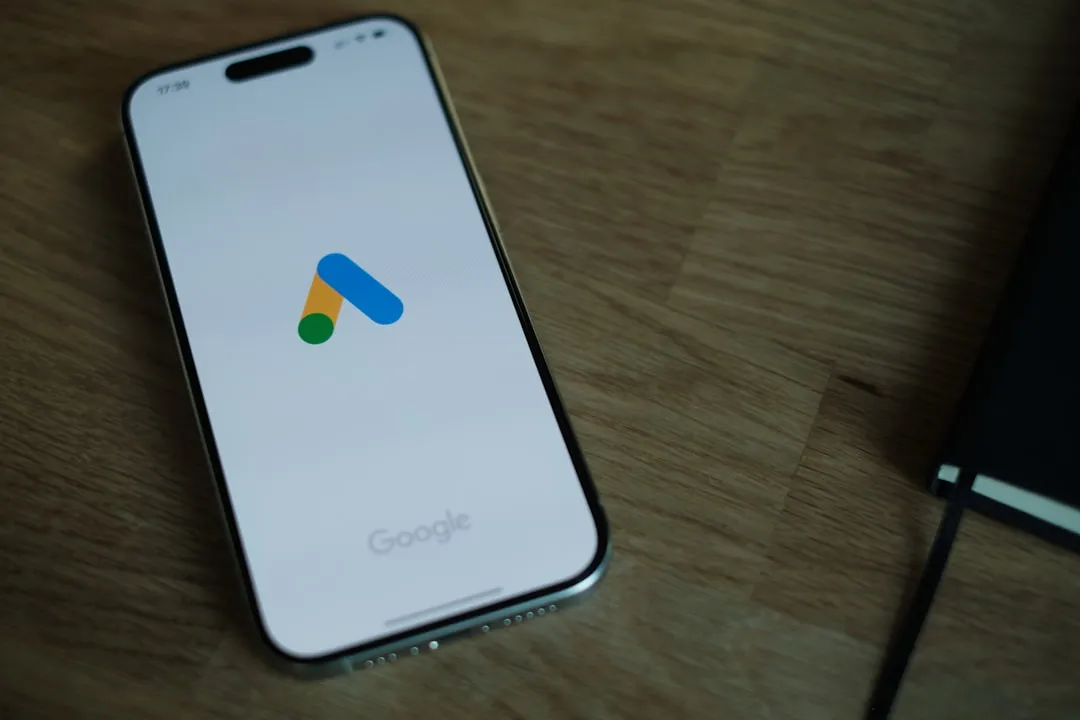

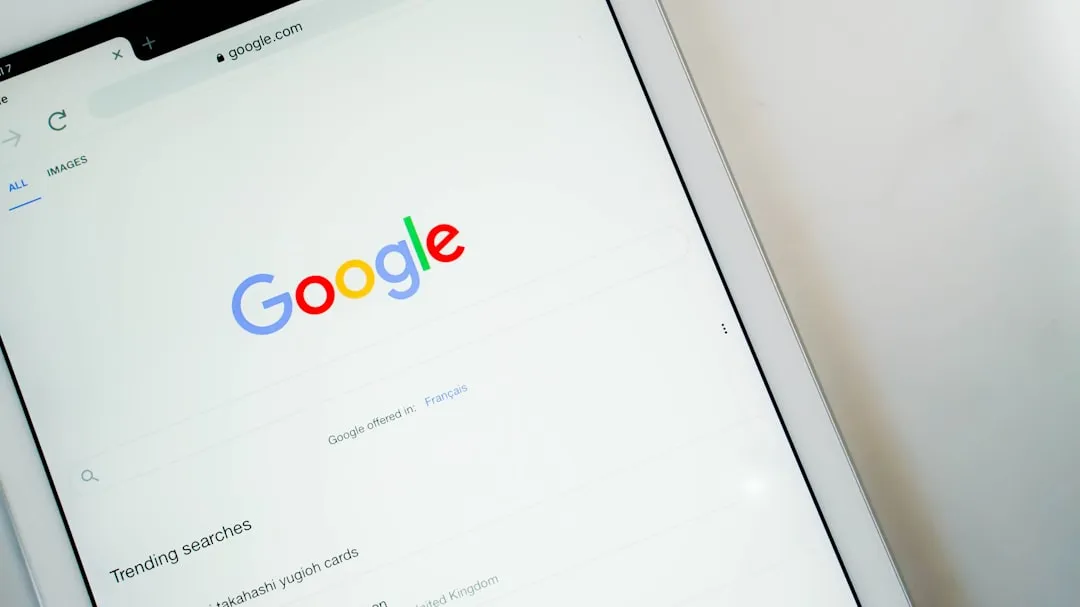





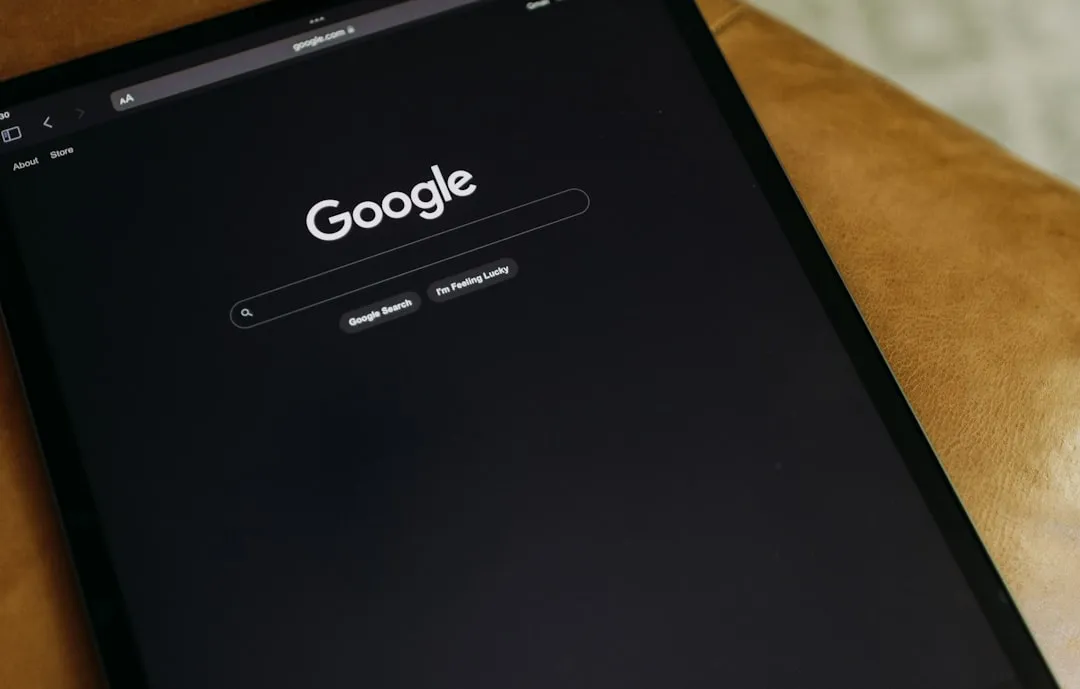
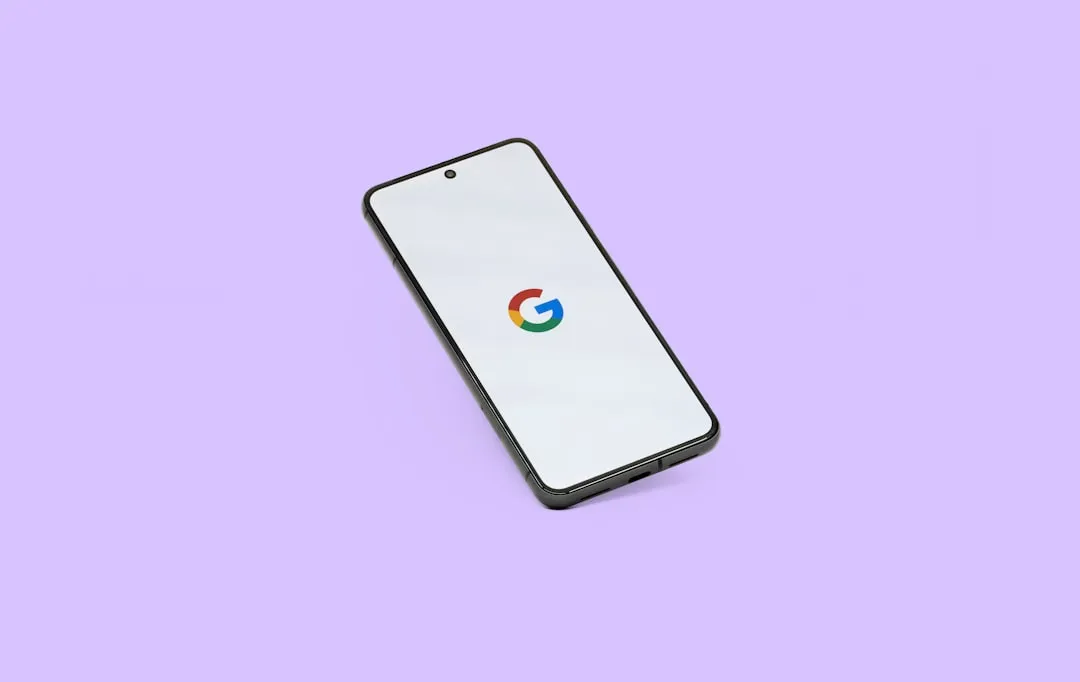
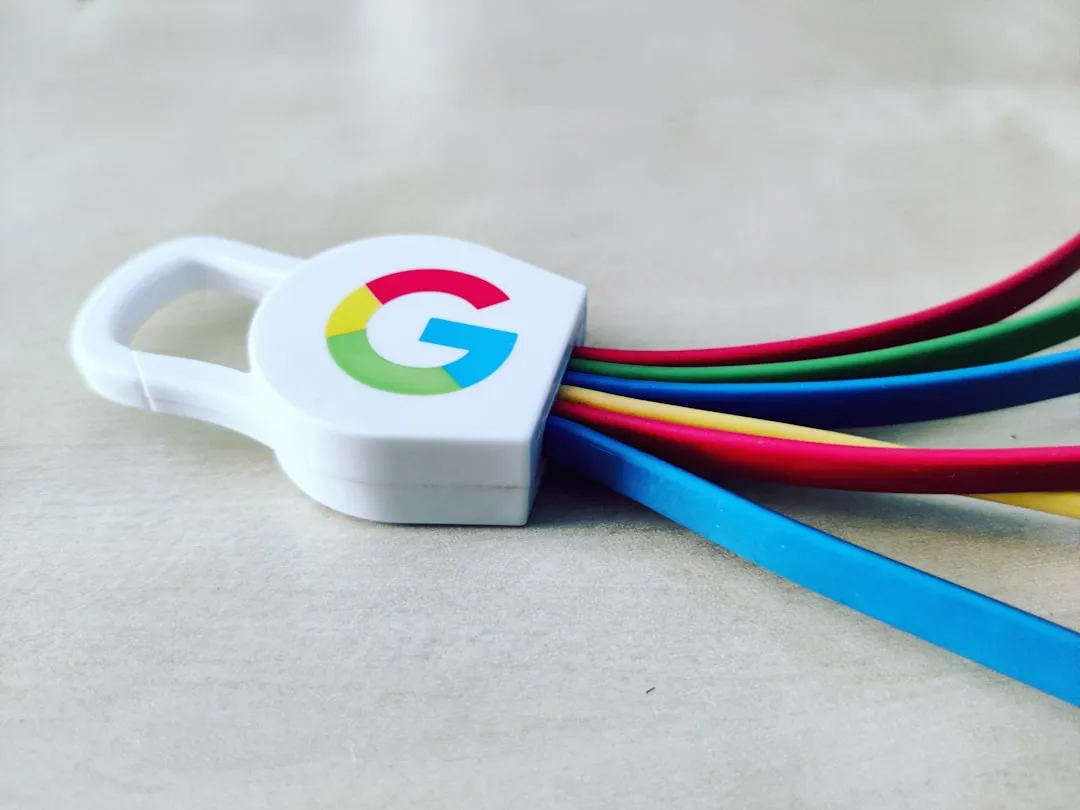
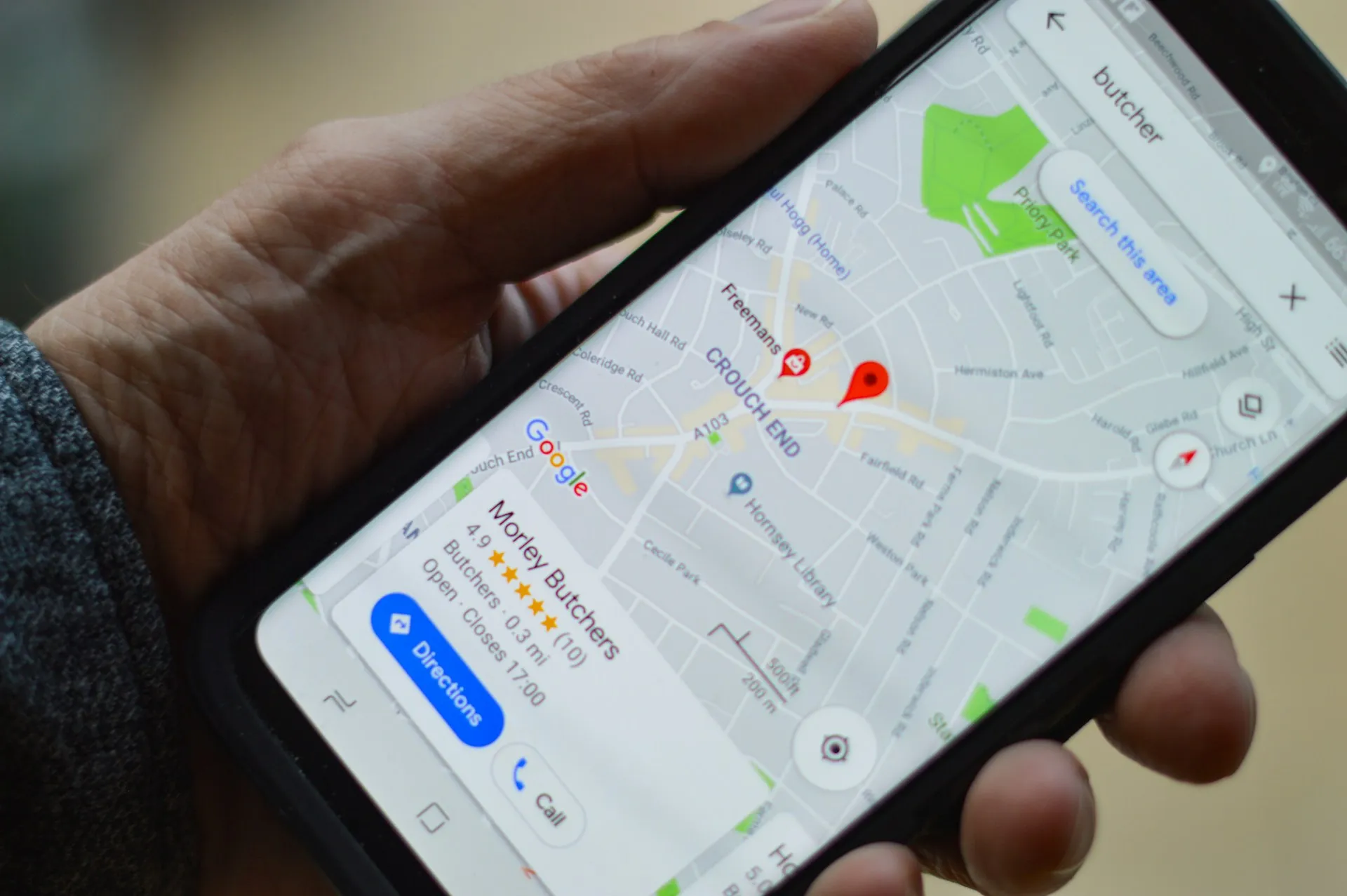
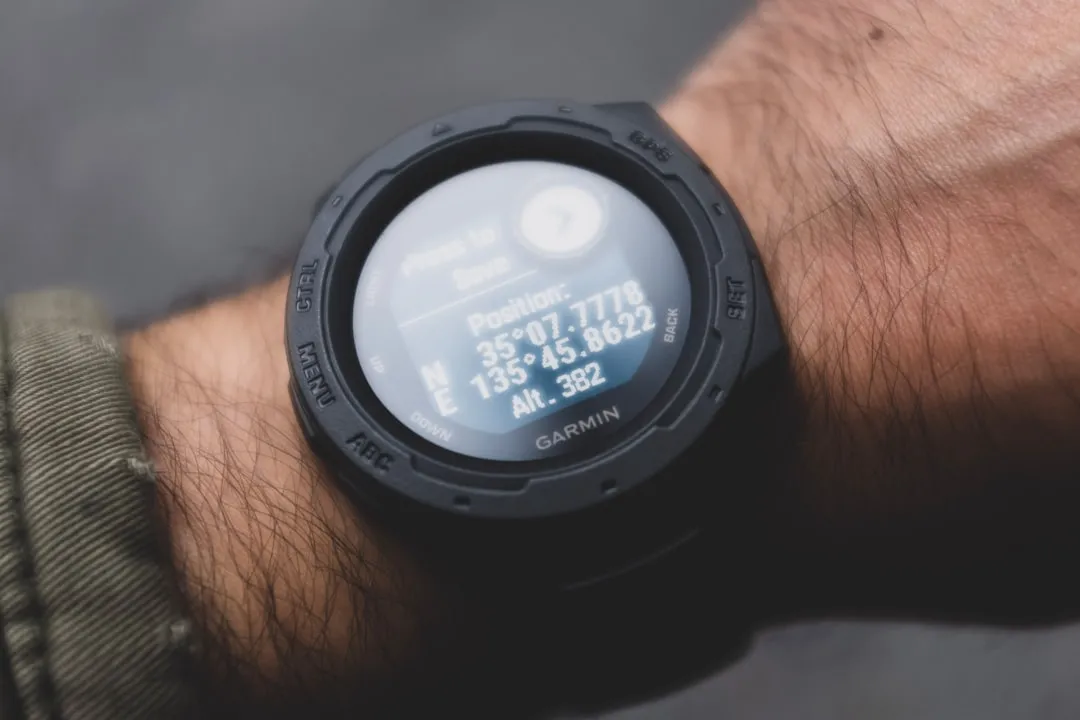


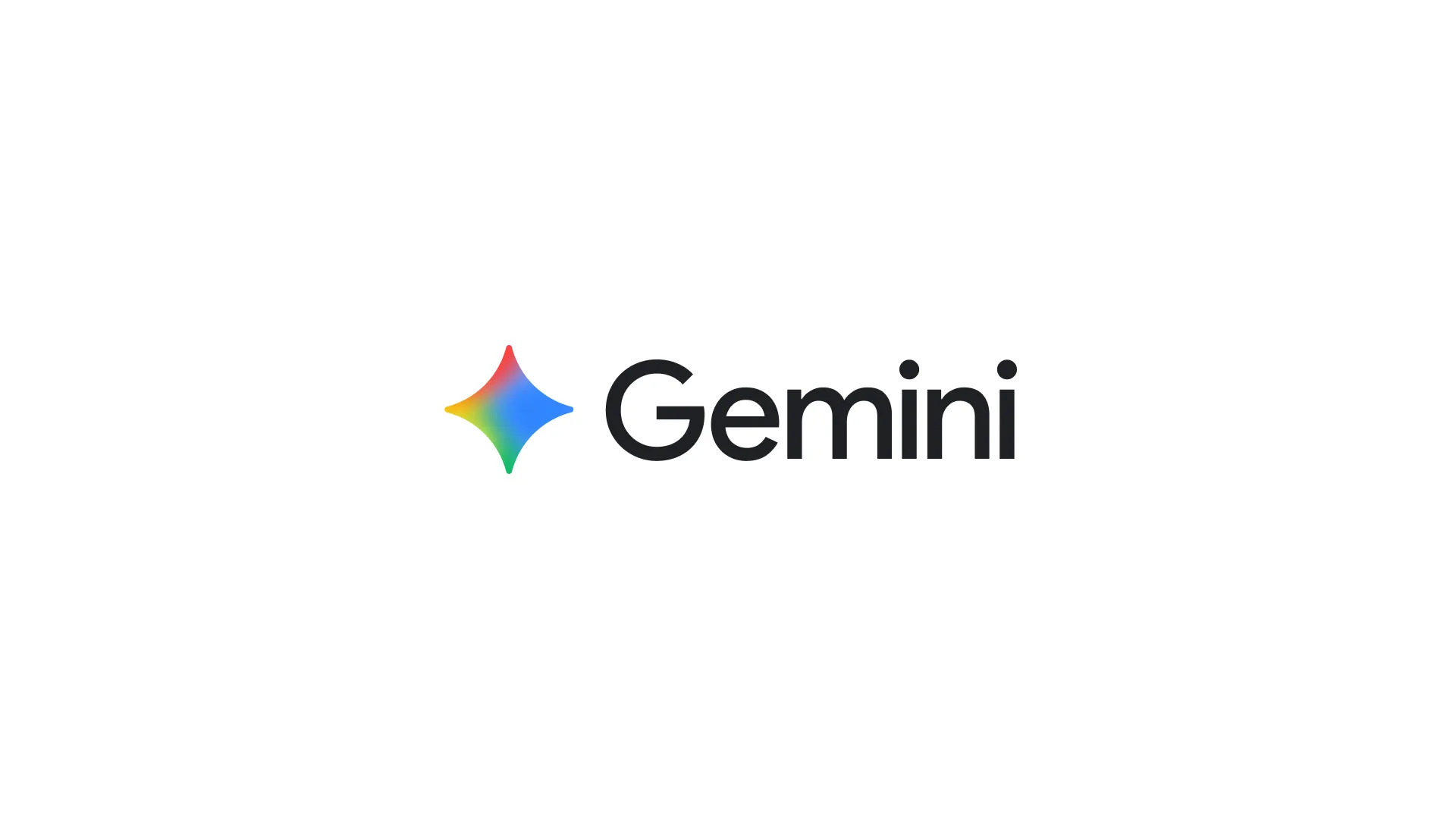
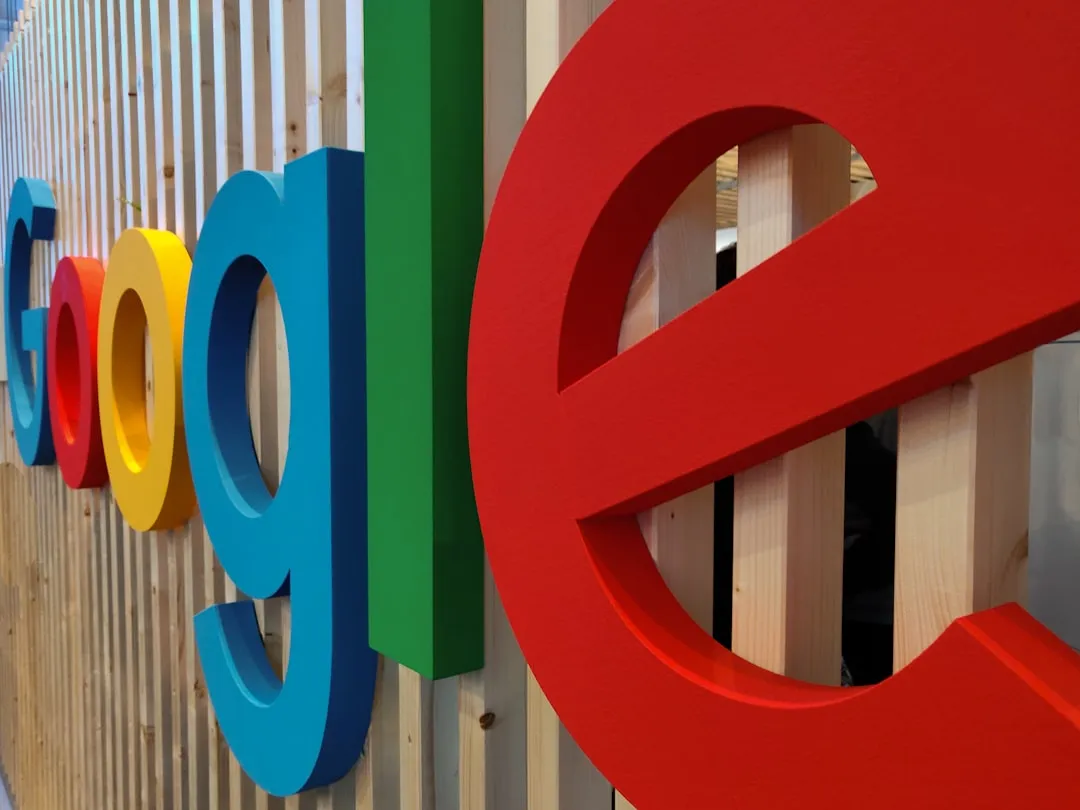
Comments
Be the first, drop a comment!